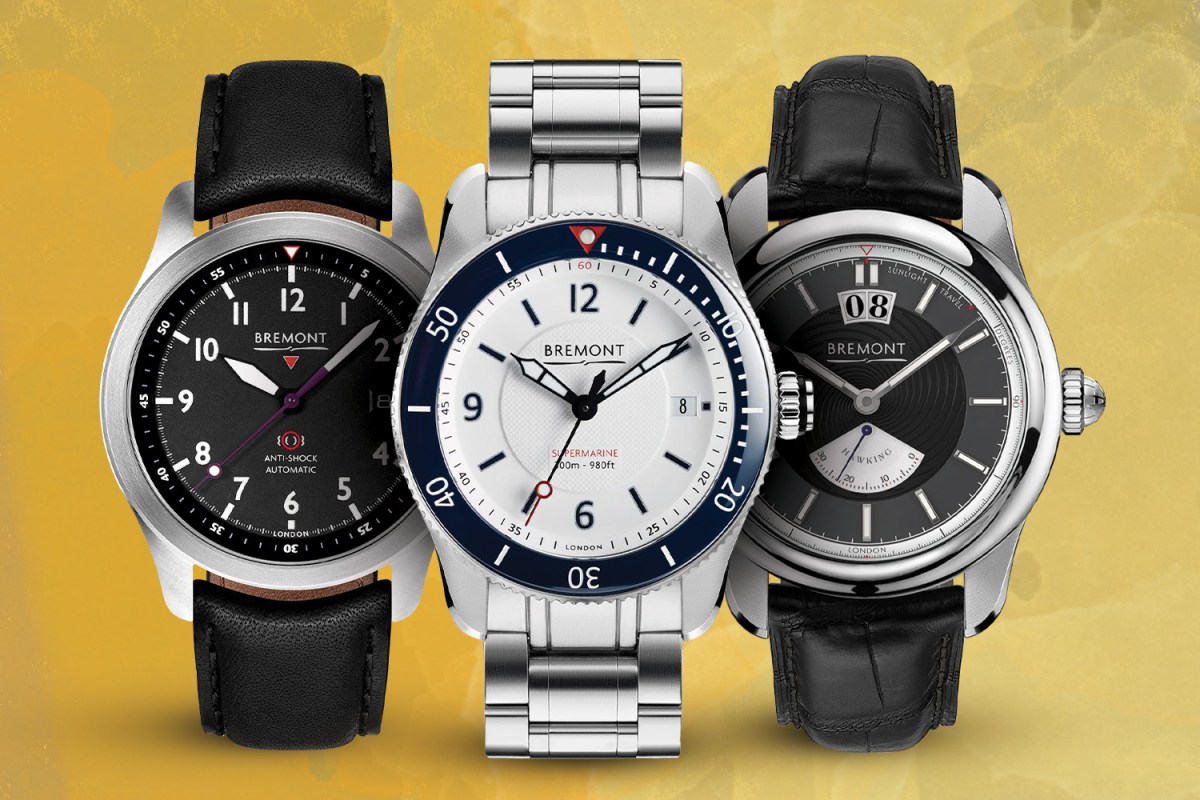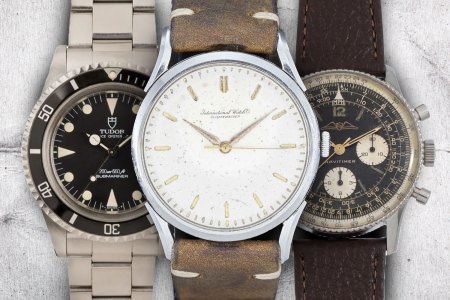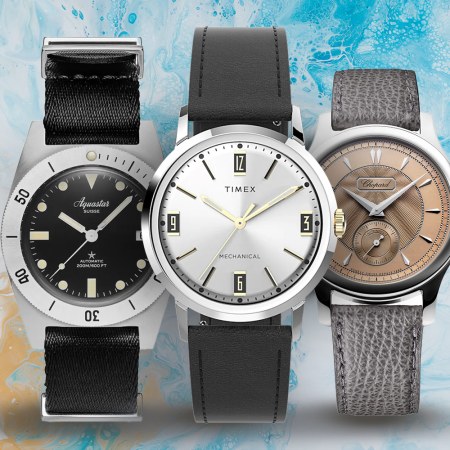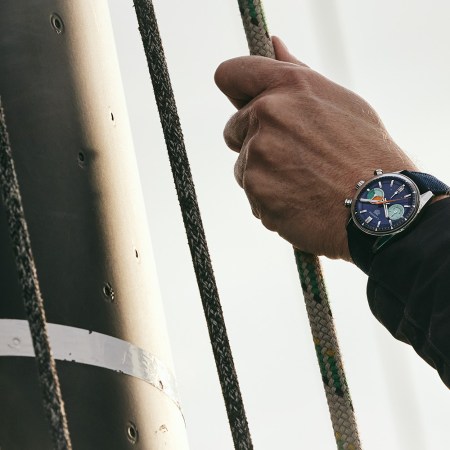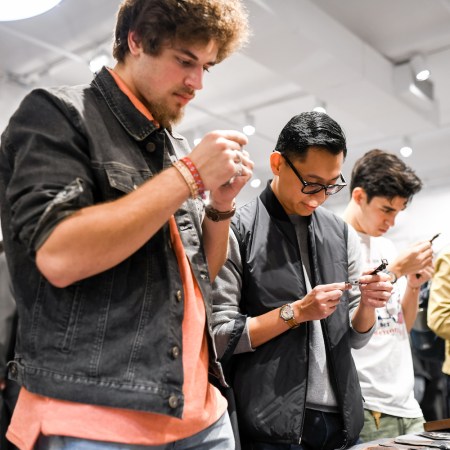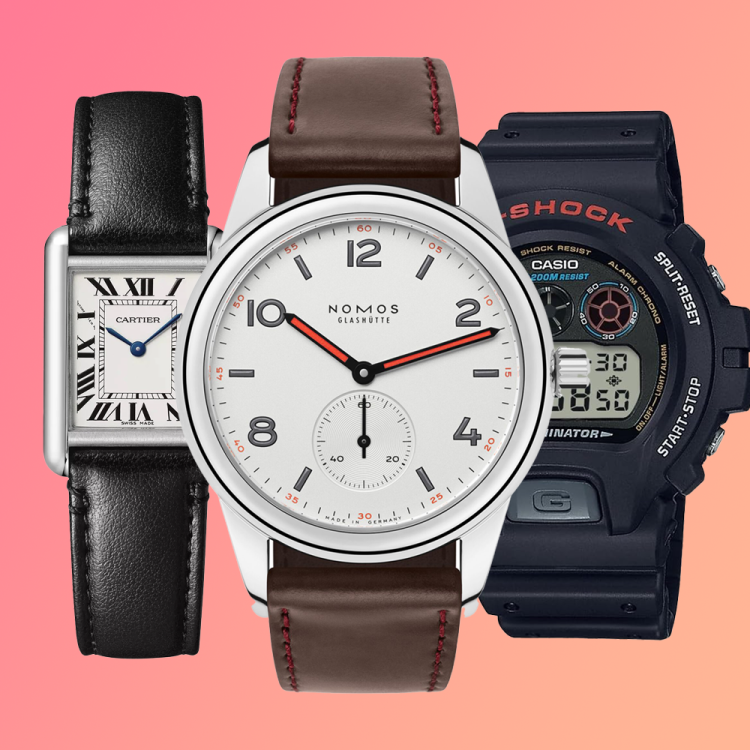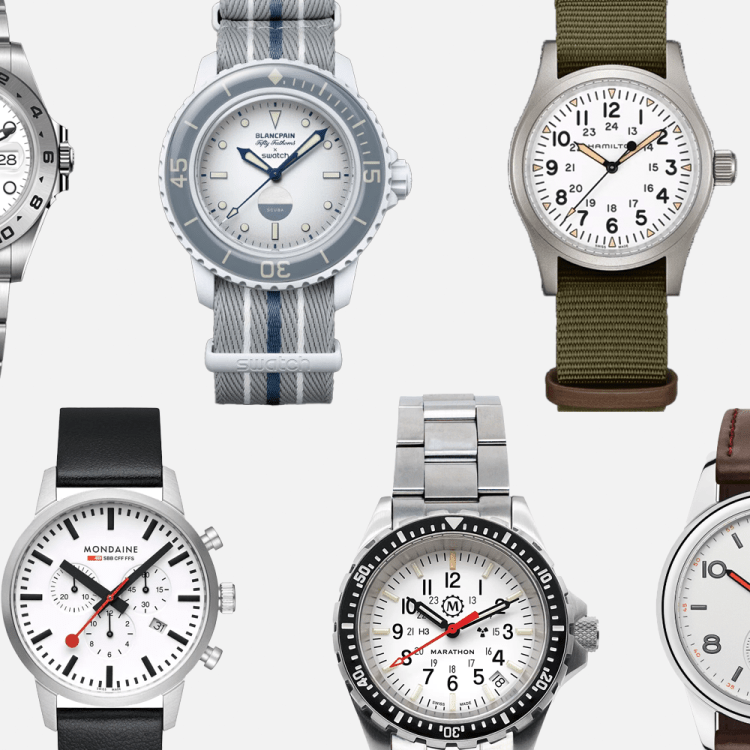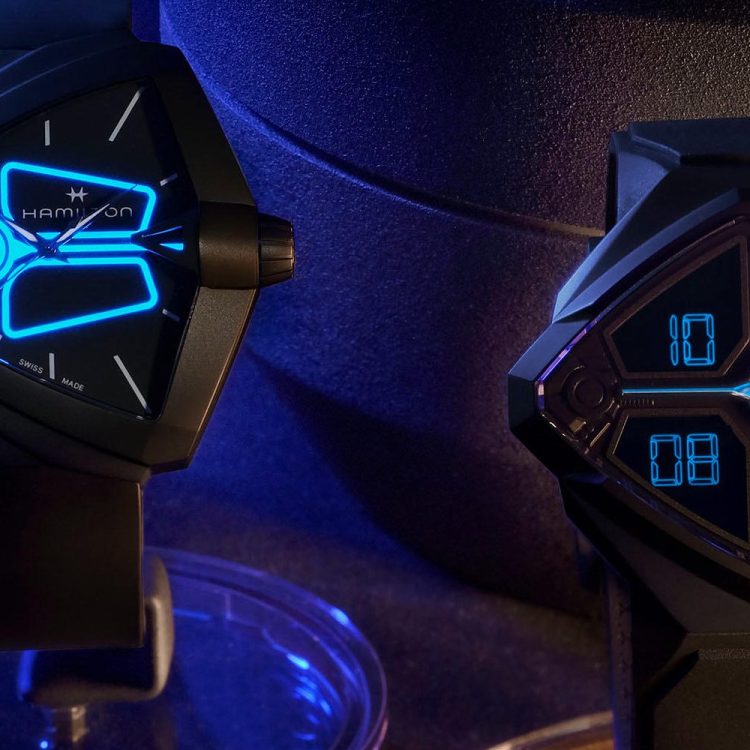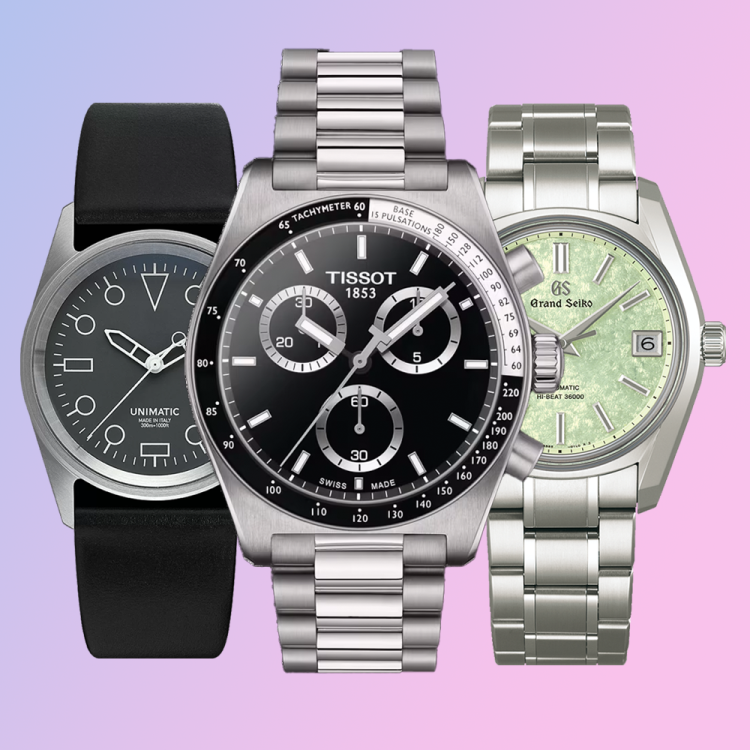When you think of British watchmaking in the 21st century, you invariably think of Bremont.
Sure, maybe you’re a horological aficionado, in which case George Daniels or Roger Smith perhaps come to mind. Maybe you’re a fan of unusual or artful dials, in which Glasgow-based anOrdain is the first thing that pops into your head. Or maybe you love vintage watches, in which case it’s Smiths and their famed W10 military watch.
But for industrialized watchmaking at a Swiss scale, with Swiss-style budgets, brand ambassadors, and feeling, it’s Bremont all the way. Founded by brothers Nick and Giles English in 2002, the upstart watchmaker has scaled enormously in the intervening two decades, most recently consolidating several manufacturing facilities in Henley-on-Thames — a quaint, pretty locale about an hour northwest of London — into a single modern, highly impressive facility called the Wing. Proud Englishmen through and through, Nick and Giles are trying to manufacture as many components as humanly possible on English soil.
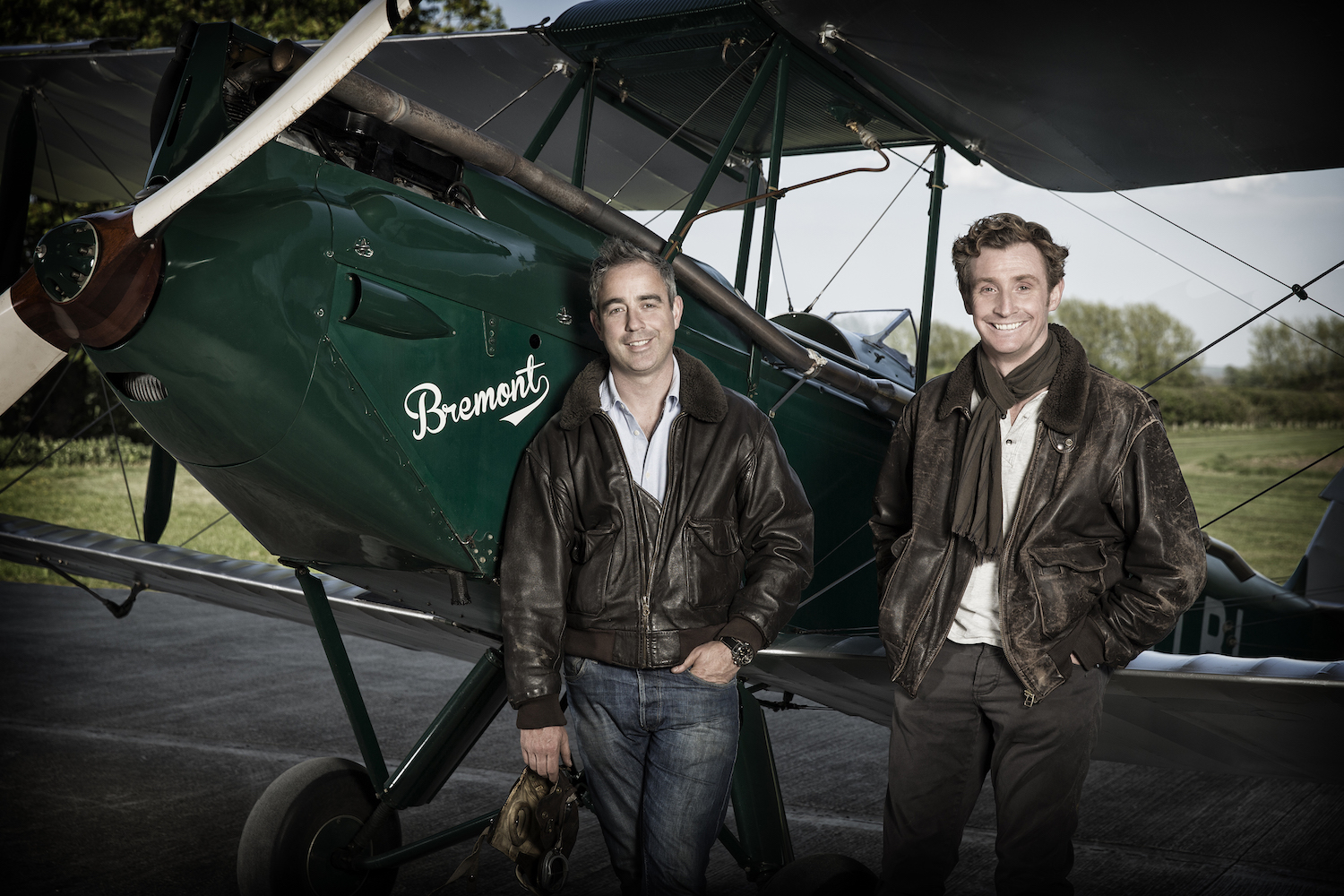
Backed by some hefty investment from important watch lovers, Bremont has steadily expanded its footprint to the point at which it’s capable of producing roughly 10,000 per annum — not bad at all for a company that’s only been kicking around for 20 years. If you’re English and you’re a footballer, explorer, or movie star, you’re probably a fan, and probably a friend of the brand. Moreover, the company boasts an entire division dedicated solely to producing special editions for units in the British, American, and other militaries. Many of them are top-secret projects, of which Bremont has produced several hundred. (They’ve also got a watch you can only buy if you’ve been ejected from a fighter plane in a Martin Baker ejection seat. True story.)
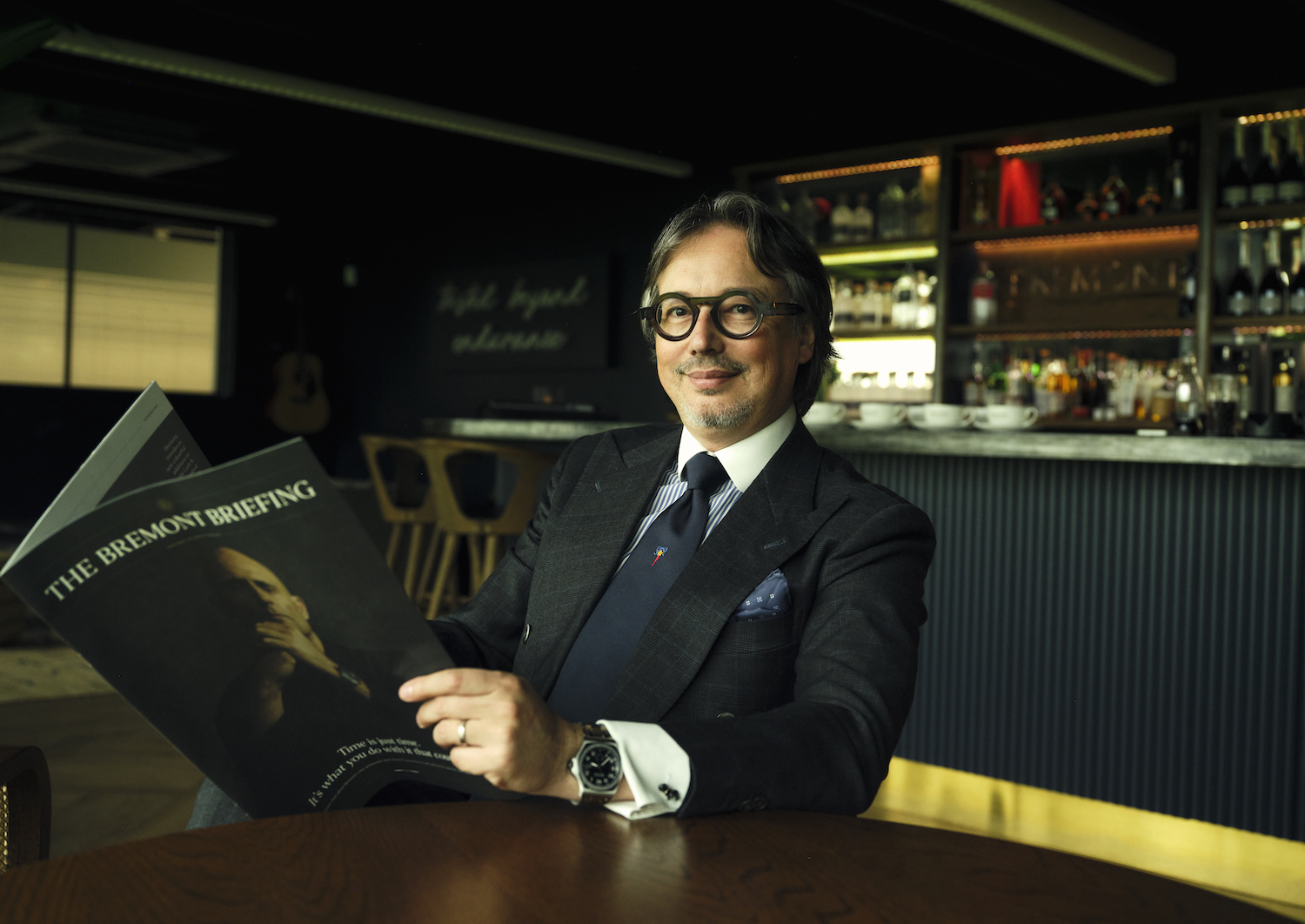
Until this year, almost each and every watch developed by the brand has solely been the brainchild of the English brothers. And though Bremont has had a managing director before, it’s never had a CEO who’s meaningfully contributed to the brand’s future direction, or to its designs. To that end, the English brothers recently hired the closest thing that the modern watch industry has to a Gérald Genta — the starred Italian-born designer Davide Cerrato. If you’re not familiar, it was Cerrato who steered Tudor into the limelight following its return to the American market with the Black Bay collection. It was also Cerrato who took inspiration from Minerva to build Montblanc’s new watch collections.
An expert designer with a British love for tool watches, a Swiss eye for detail, and an Italian’s sense of style, Cerrato is the first person to help steer Bremont into its next chapter. We sat with Nick English and Davide at the Wing this past June to pick their brains on all things Bremont, including their new facilities, Davide’s appointment, and where the brand has room to grow.
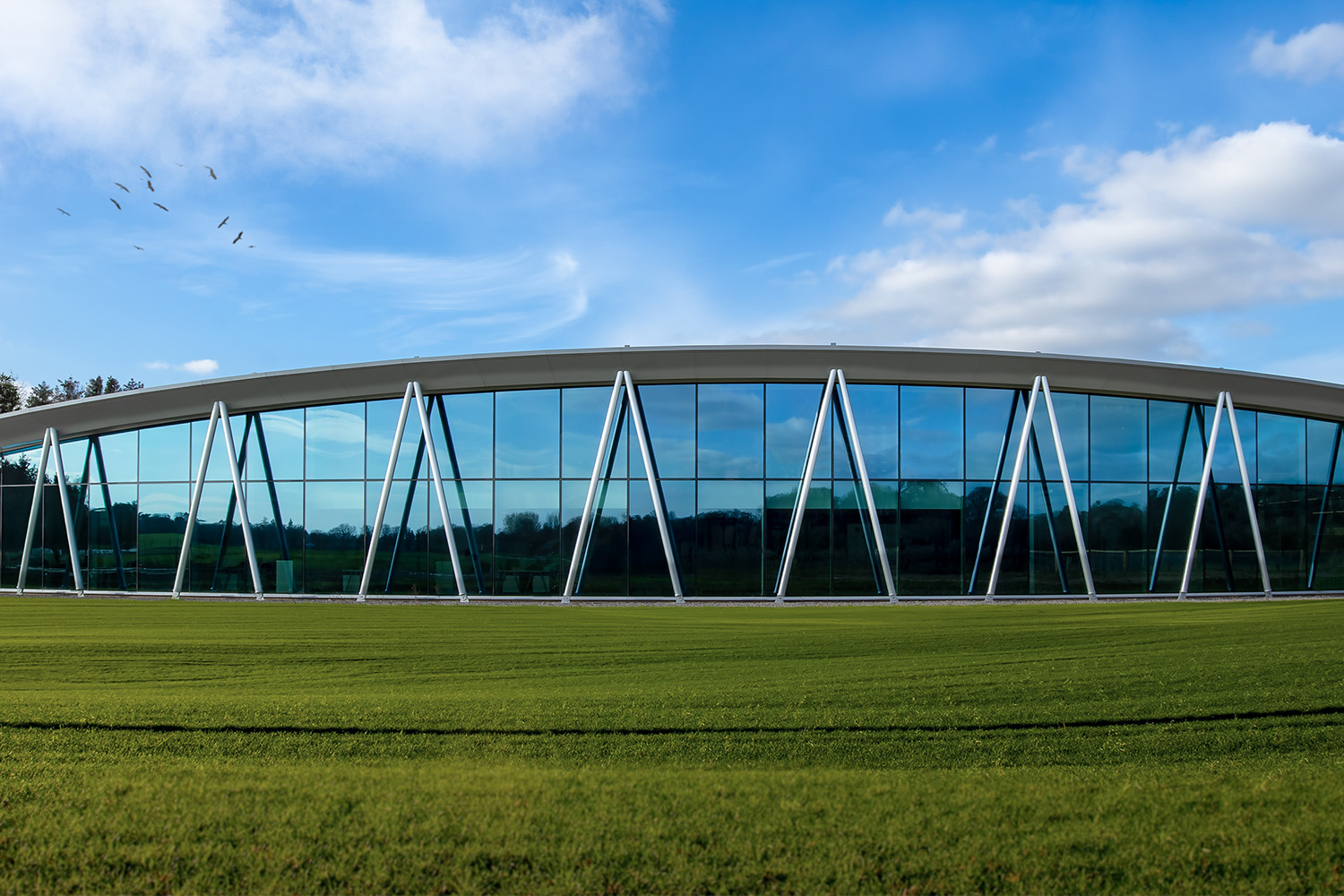
InsideHook: The Wing, Bremont’s new production facility, is a huge step forward for manufacturing and for R&D, and is symbolic for British watchmaking. What does The Wing mean for you as a brand, and how is it advancing what you do?
Nick English: We were chatting about this earlier. The big difference, the big thing I think Bremont’s managed to achieve is getting industrialized watchmaking back to this country for the first time in a few decades. For instance, there’s some amazing watchmakers in this country making some amazing things: We talk about Frodsham, we talk about Roger Smith making these amazing watches, but they’ll be 10 of something per year or 15 or something — beautifully, beautifully made, proper craftsmanship.
What did George Daniels do in his lifetime — 30 pocket watches or something like that? It’s an incredibly small number. But that history of innovation, that history of making beautiful timepieces is very much there. We just wanted to do it, I suppose, more of the way the Swiss were doing it. The Americans were very good at it originally — the Walthams and the Bulovas and the Hamiltons were doing it, this industrialized way of producing quality watches but in a greater volume. And that’s what we’ve been massively working towards.
What we’re doing is more of the industrialized luxury watch manufacturing: instead of making 10, we’re talking 10,000 or whatever it is. And that is just a different process, and that hasn’t been seen in this country for many years. And so when we built this place, it was always with that in mind, and with the intellectual property to be able to do that.
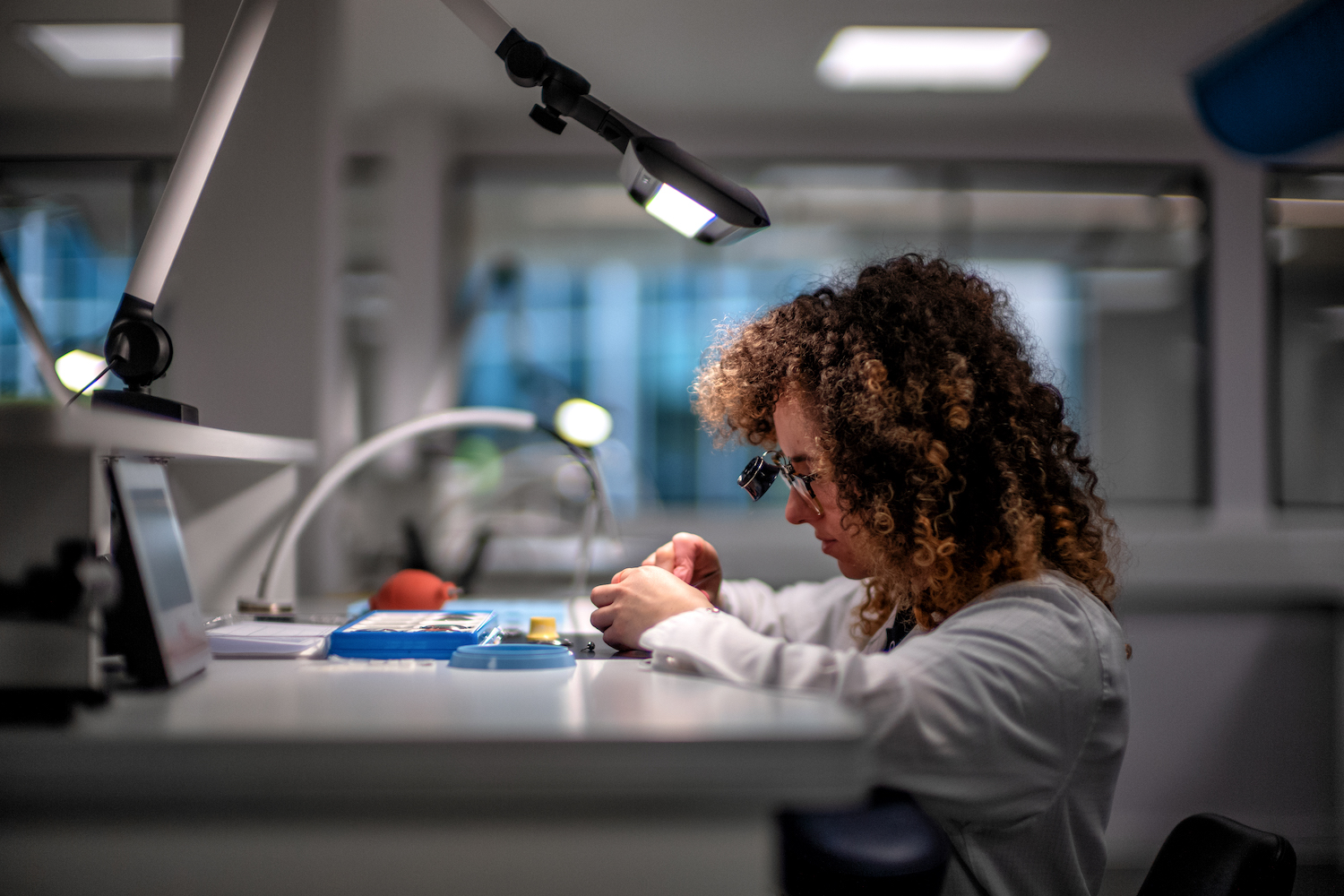
It’s great to be able to make a watch case. For example, if you’re making 10 of them, if something doesn’t quite fit, you can fettle it down until it does fit. But if you have to make a thousand of a particular case, they have to fit the first time. They have to. Or a movement part that has to work. So that’s where all this foundation, this sort of bedrock and this investment’s gone. And I think the view was if we look back in 30 years time, what was Bremont about? It was about playing a part in the reinvigoration of watchmaking in this country. That was actually our mission statement back 20 years ago. And I think we’re doing what we said we were going to do all those years ago.
IH: Davide, you have an outside perspective on British watchmaking, both coming from the Swiss side of the business, but also being of Italian heritage. What is Bremont’s place in the revitalization of British watchmaking to your mind, and what will this facility allow the company to do — especially now that you’re here?
Davide Cerrato: I think it’s a fantastic opportunity for the company itself because thanks to its particular positioning, it has grown dramatically over the last 20 years. And still there is so much more to do — Bremont is very strong in the U.K and is a little bit present in the U.S, but very gently, very mildly. And now we want to extend the company geographically. And this is very unique positioning: the different edge that means being British and doing things in a more unique and regional way. And the ties with the military, the ties with ejection seat testing, and dedication to making durable watches that you can wear every day. All of these tie together very well and perfectly with the outdoor culture that is present in the U.S. and that we are deeply rooted to (at Bremont).
The Wing symbolically embodies so many things. It’s Nick and Giles’s dream. And 20 years ago, nobody would’ve put any money on it! And now we are here. And there are fantastic investors that are accompanying us, and it’s a fantastic communication tool. There are almost a hundred people that visit the premises every week, and that leave with stars in their eyes. [They have\ sparkling eyes at the end of the visit because it’s a very powerful tool to dip them into the world of watchmaking, but also because they get this very unique British take on watchmaking. It’s also a very powerful statement if we speak about brand stature. I mean, there are very beautiful manufactures (watchmaking facilities) out in Switzerland, but this one, to me, is one of the nicest ones that I have seen.
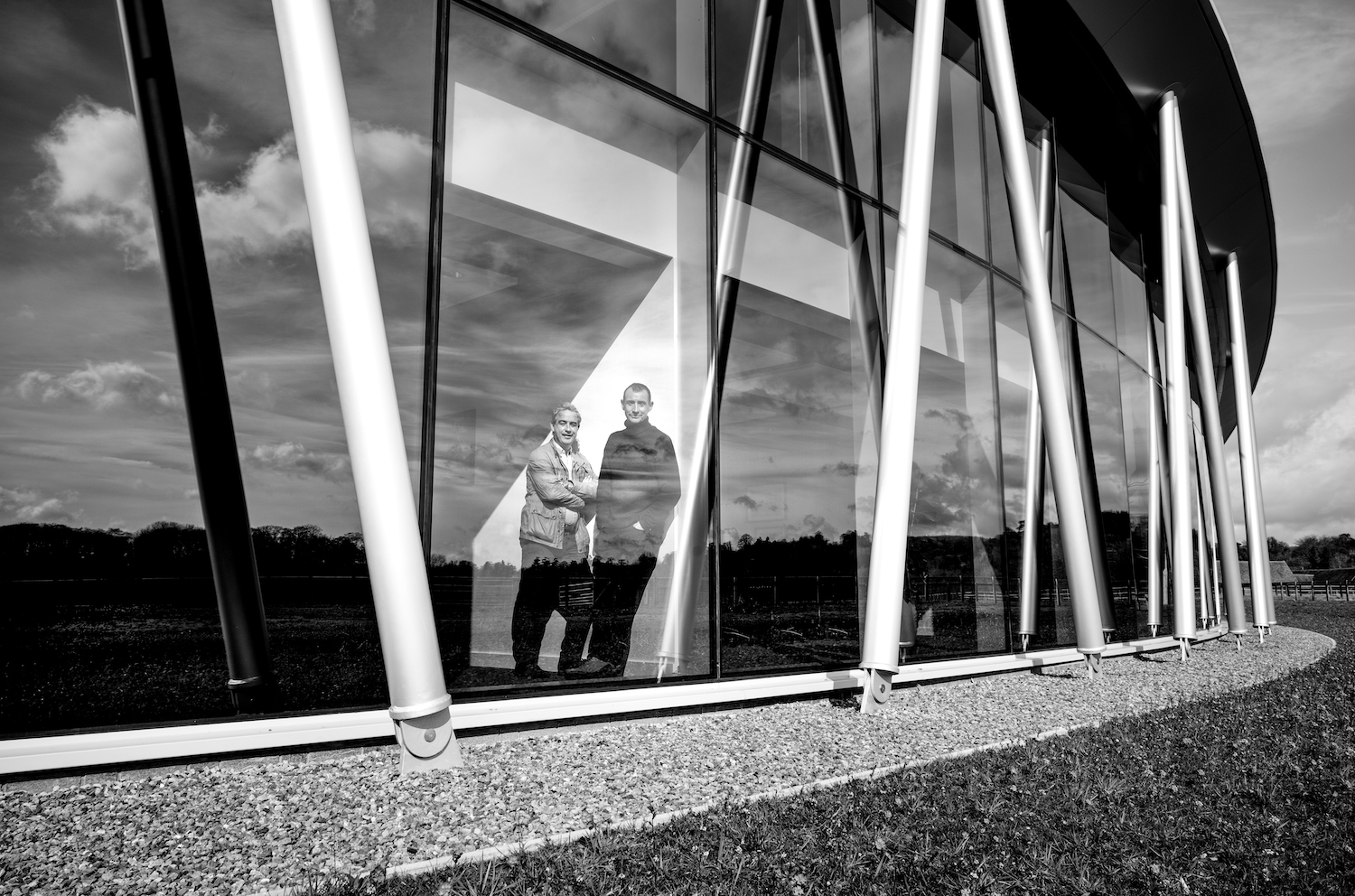
It’s technological, it’s modern, it’s fresh. But it’s warm also, and it’s perfectly integrated into nature. I love what they have done with the architecture. It’s a big building, but because it’s transparent, because of the way in which it’s orientated, it disappears a little bit into nature, which is a fantastic metaphor for what we can do with serving our customers and giving them opportunities for adventures. So it’s a very, very symbolic and powerful expression, and it supports the history of Bremont and the vision of the founders.
IH: You’ve recently taken on a round of investment from a notable American collector and hedge fund manager, Bill Ackman. Can you speak more to how this round of investment will allow the brand to further expand?
NE: I think you can have this fantastic base, but it’s a big old world out there. f you ask your average watch lover in the U.K. if they knew Bremont, they’d say yes. Or a person walking down the street who mightn’t be into watches, they’ll know Bremont.
[This is] not necessarily the same in America because it’s such a big place, and it’s a different market. There are fewer brands that have achieved success in a big way in America. So we are really excited about what this opportunity allows us to potentially go for. And I think to have these ideas of getting that messaging right, you need investment. But you also have to keep investing in product, you keep investing in marketing, you have to do all of these things in order to grow a decent territory. Would you agree with that, Davide?
DC: Definitely, absolutely. And it also allows us to plan for that in a proper way without having to rush anything, and to take time to set it up properly, which is a fantastic, luxurious situation.
NE: Yeah, that’s a good point because you’re taking time and just feeling the pressure to release a particular watch because of whatever reason.
DC: Watchmaking needs time to be done right. All the fantastic, successful companies, the brands that we look at today that have hundreds of years of history — well, we have 20. So it’s already a miracle. And we really need to do things properly. So this allows us to continue to plan with a clever and long term approach.
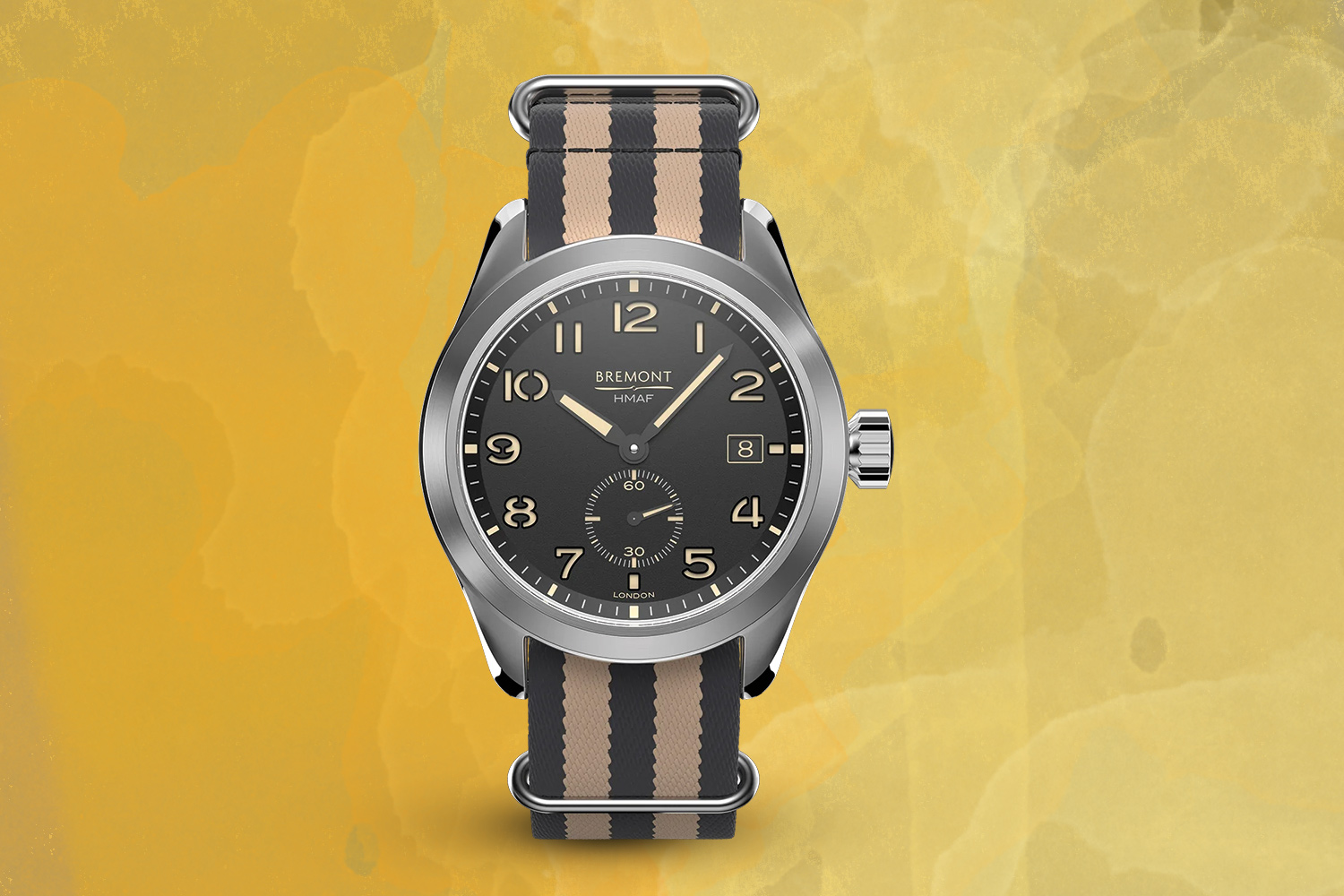
IH: What state was British watchmaking in when you started 20 years ago, and what state is it in now? And what has Bremont contributed?
NE: Davide will give his view because obviously he’s not English. We’ll go, ‘Yes, it’s [British watchmaking] massively changing!’ Listen, I think it is green shoots. I think it’s a big industry and there’s some masters at play out there who’ve done it for decades, centuries. We are doing it the right way. And I think it’s inspired quite a few other brands to follow suit, which I think is a great thing for the British watch industry. There’s more and more British brands out there than ever. And I think that is wonderful.
We’re hoping that they all start investing in manufacturing in the U.K. because you can have a brand that’s British, but you want to have that investment going into watchmaking in the same country. It’d be great to see some of that. But yeah, I think it’s definitely triggered people’s imagination. And I think more will come, would you not say?
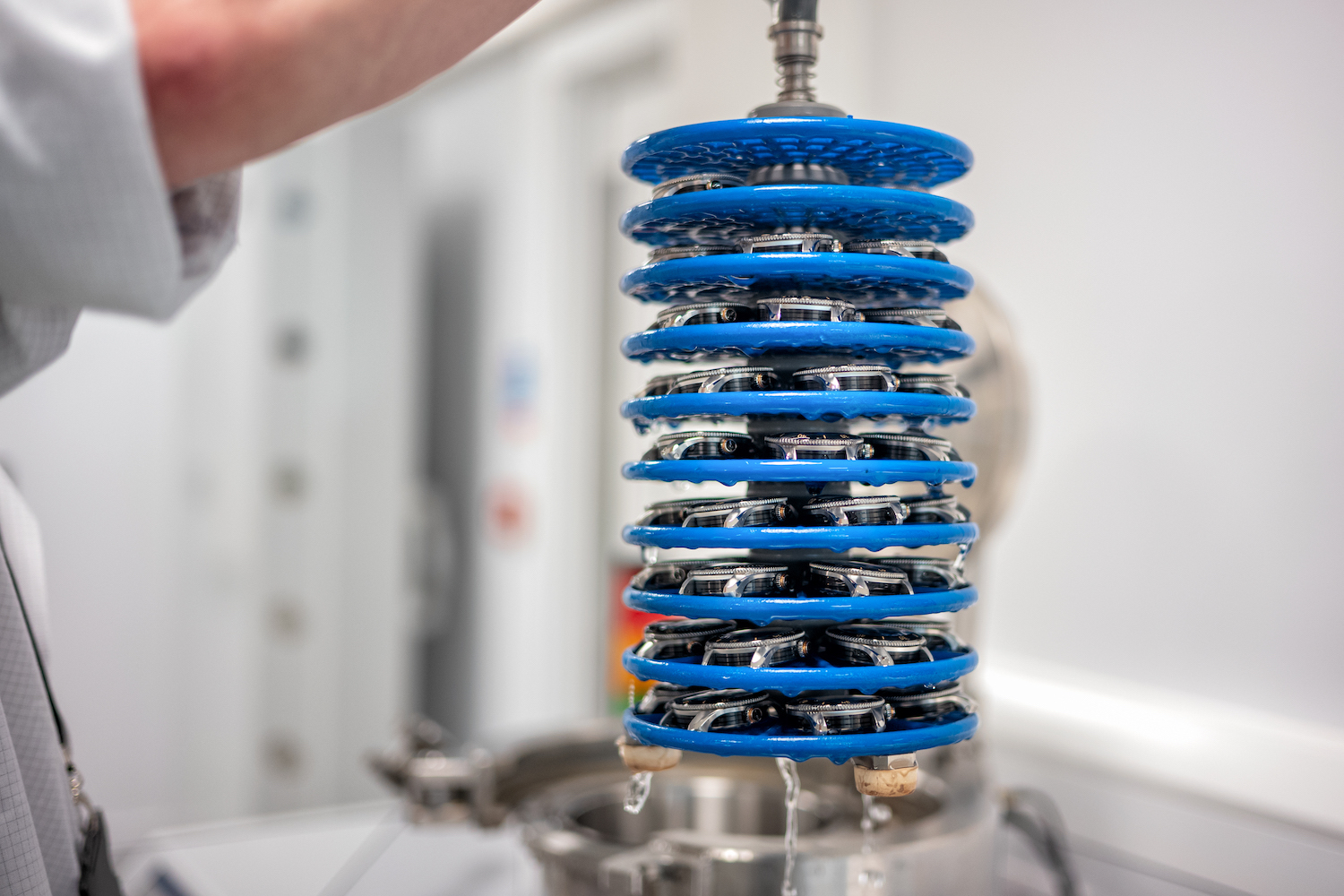
DC: The answer is definitely that [Bremont] has changed things and moved them farther. There is a British association of brands linked to watchmaking. And there is a British School of Watchmaking that we’re collaborating with. So the whole ecosystem is evolving. And I think this is very much thanks to what Bremont has been capable of doing. And yes, it’s still a challenge because British watchmaking is small compared to the rest of the world. But it has definitely been moving and is attracting more and more interest from customers.
NE: I think also there’s a lovely question — ‘Do you think this could happen in America?’ And the answer is yes. The big thing there is just getting that passion to do it. Obviously investment. But the drive and the passion and the will [are needed] to really push something through like this, because it’s a really hard business. For any reader out there: you’re an engineering company, which is incredibly difficult in itself. You’re drawing the parts, and you’re then engineering those parts. You are manufacturing the parts, you are assembling watches. And you can have the best watch in the world, but if you don’t market it, then you are nothing. And then you are a retailer as well.
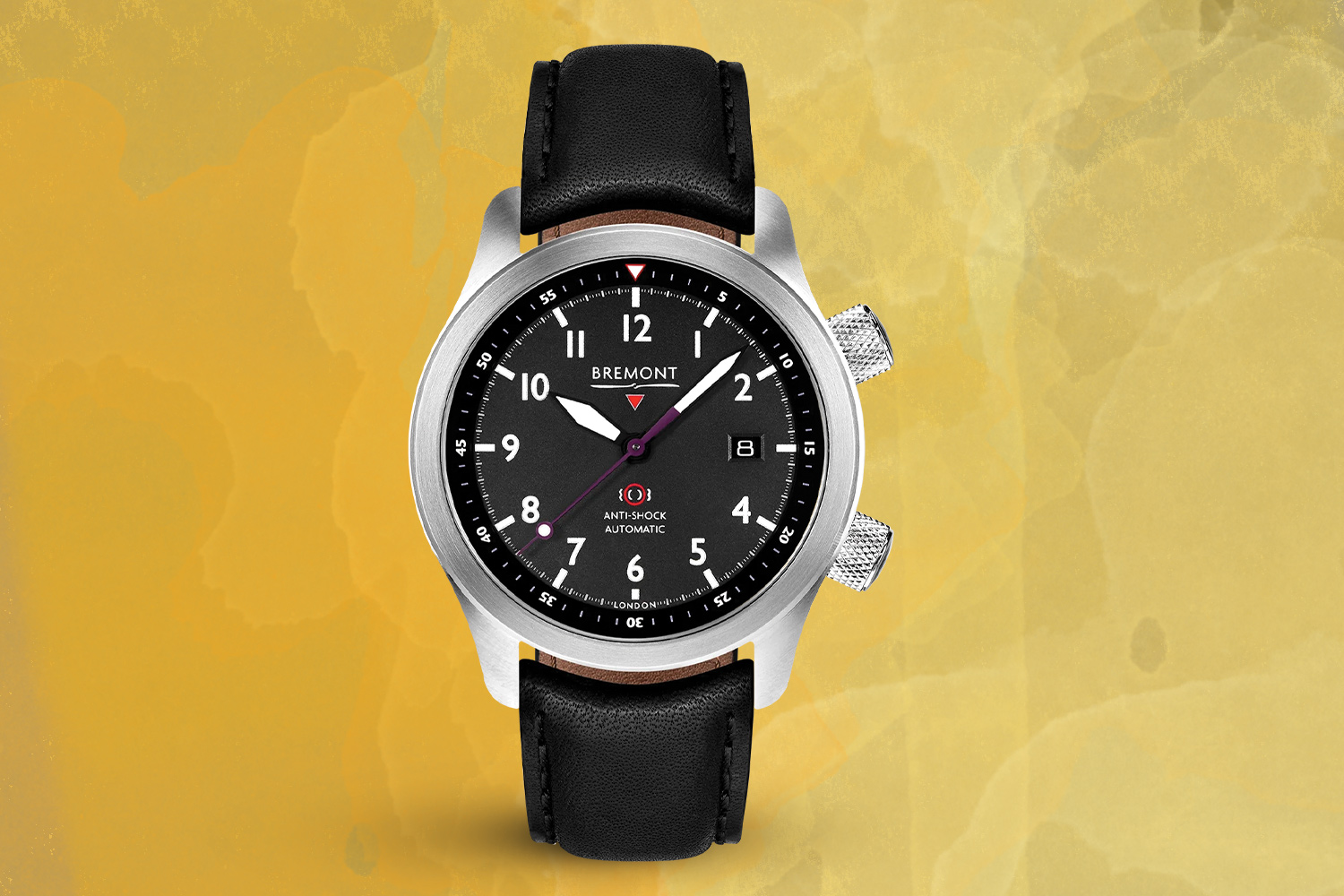
We had a chat earlier, talking to someone who’s more in the clothes industry. And most of it’s outsourced. Distribution’s done by someone else. You’re not actually touching the product at all. It’s like: outsource there, send to the distributor, he is going to send them out…All you’re doing is the design.
Here, if you’re a true watchmaker, you have to get so involved, and I believe that’s what makes it special. That’s where the authenticity comes from and that’s what people are buying into. It’s a considered purchase. Someone’s spending $5,000 or $10,000 on a watch, so they want to know where that part’s made. They want to know where the design inspirations come from. They want to know what the brand represents, all that sort of stuff. Which I think is becoming true of so many products of today, especially the millennial and Gen Z generations. It’s about lifestyle. And if I’m buying an expensive something-or-other, I want to know a lot about it.
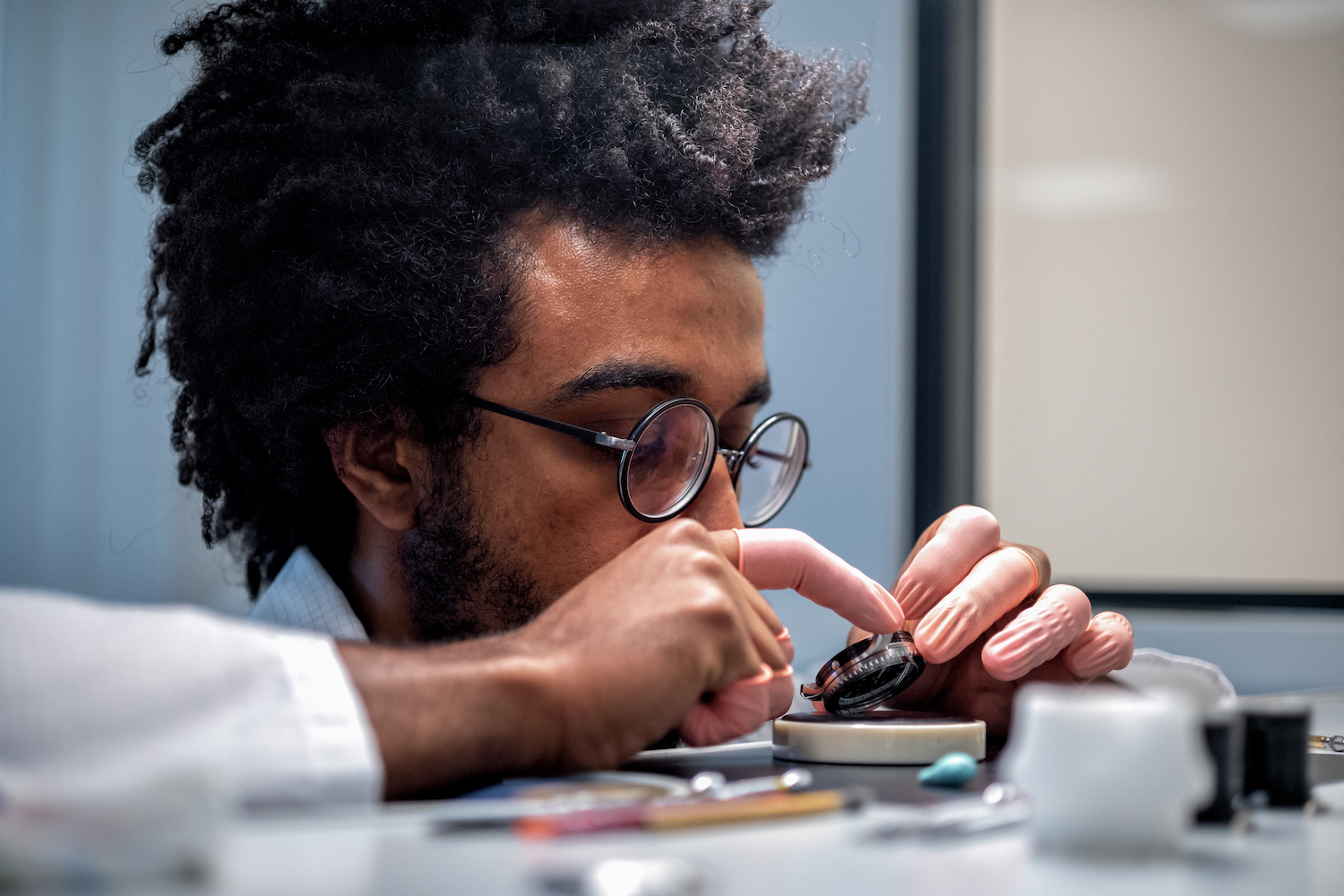
The Best Vintage Watches Under $10,000
There are still plenty of bargains to be had in the world of pre-owned timepieces — provided you think of the word “bargain” in a relative sense.IH: Previously you and your brother Giles have done the watch design, but you’ve had a managing director of the brand. How did Davide’s appointment come about — did it coincide with the new investment round and the opening of The Wing?
NE: Exactly that. So Giles and I have probably 35, 40 years worth of watchmaking experience between us. But it’s a certain type of watchmaking experience. It’s the way we’ve done things. And we’ve got other watch experience in the business. But then you get some investment and you’re thinking, ‘How can we really take this brand to the next level in terms of watchmaking, in terms of distribution?’ and all these things. We’ve worked with other people outside the watch industry and what you realize is that actually, that [watch-specific] knowledge coming with another 20, 30 years of experience — it really helps, because you’re talking the same language.
When I talk to Davide and we’re talking about QC-ing a watch, we’ll talk the same language. Whereas if you’re talking to someone who’s from another industry, they will often go down another rabbit hole of, ‘We need to do it this way.’ It’s like, ‘No, you don’t actually, this is the way it works.’ And it’s a unique industry, wouldn’t you say, Davide?
DC: Very unique, yes. And experience is paramount. You can be a fantastic engineer and have incredible experience, but the specific watchmaking experience is what informs and helps you to move quickly and do things sharply and correctly immediately. And in the end, to know what customers want, what’s right, what’s valuable, and to make the effort to bring something unique, creative, different [to market].
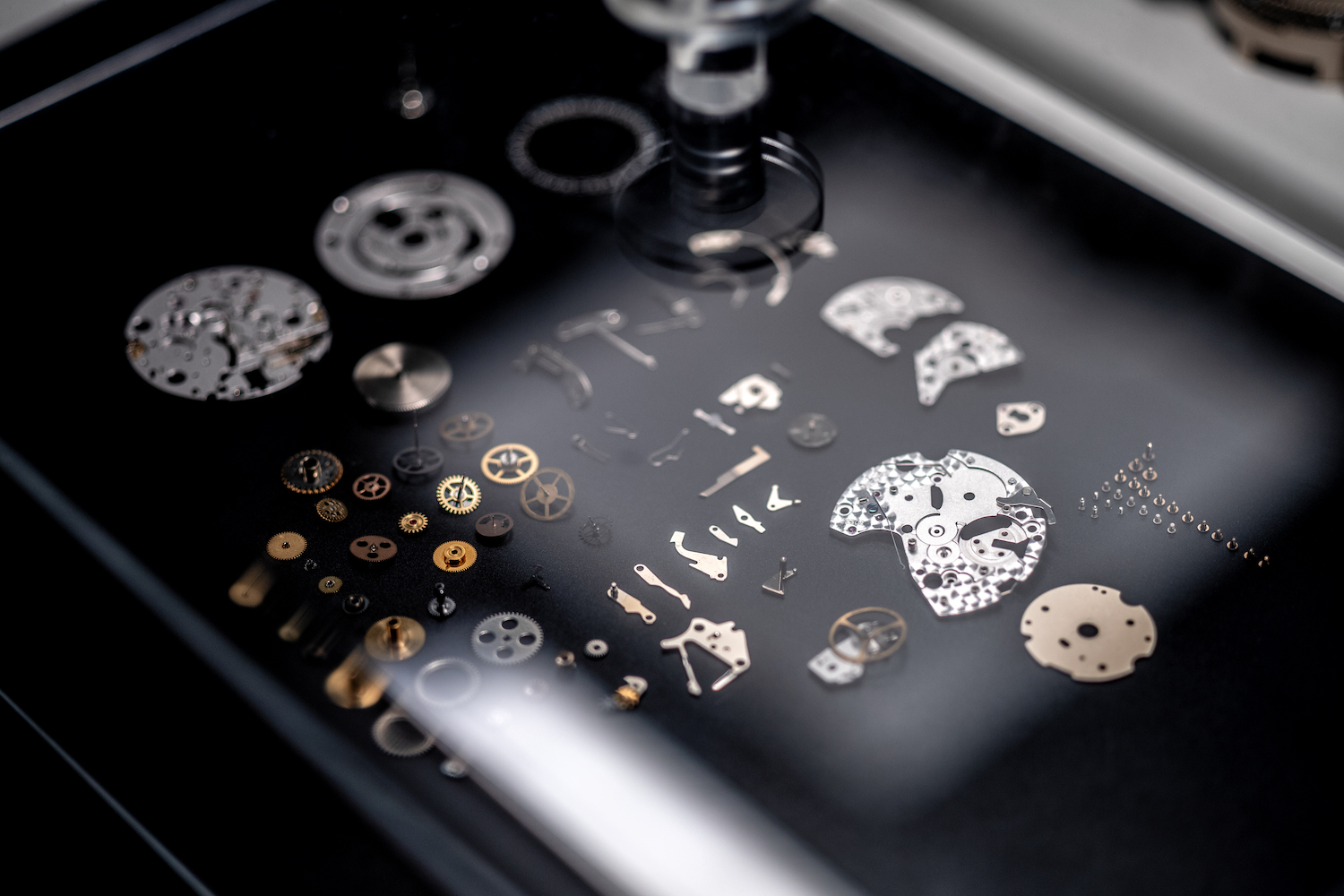
NE: We’ve got a great supply chain that we’ve fostered over the last however many years — decades. But Davide will come and go, ‘Look, I’ve got this great strap supplier that I know who’s done these beautiful straps…’ And that’s just a great nugget of information you’d never have gotten. Or it might be a dial supplier…whatever it is. It’s really, really useful. Whereas you’re always up against it if you’re working with someone who hasn’t done it before. And relationships are utterly key in this, especially when you’re machining parts down to two microns and you need to work with someone who understands that. And we make a lot of those moving parts but we don’t make all of them. And there’s a lot of the sub-assemblies and the techniques that go into it where experience is absolutely critical.
IH: Davide, you’ve had an incredible career arc, relaunching Tudor in the American imagination and shaping their new collection, then doing similar things using vintage inspiration at Montblanc. Then a left turn over to HYT, which was very different. Why move to Bremont specifically — what attracted you to this brand and why now?
DC: Many different reasons. The first one is the people and their passion. I’ve been looking at what Nick and Giles have been doing for 20 years, and it has always appealed to me. I remember the opening of the Mayfair boutique — it was almost 20 years ago I think?
NE: Yeah, 14 or something, yeah.
DC: Exactly. I remember coming into London for business — my hotel was next to it and by chance I fell into it and got this very fresh take, this very clear narrative, and the bond with aviation. And I found it fantastic. And then when you are in the industry — you see launches and product, and we bumped into each other in different places. We have similar passion, by the way, because I was born in Turin and raised there, and it’s the place of cars and car design.
Then the segment in which Bremont is [located] — I’ve been working in that since almost forever, I would say. Because both Tudor and Montblanc, they are both there. So when I saw Bremont, to me it was so evident and so natural because it’s a segment which is super competitive, because you have an aggressive price [to hit]. So you have small resources to be creative and to come out with crazy things. But we need to do this if we want to succeed. So that challenge to me is super interesting.
And the people — both Nick and Giles, and the investors, frankly speaking — they’re incredible people, they’re truly passionate about watchmaking, they’re collectors and they’re really into watches. Coming into the office here in the morning, in the countryside, in the Wing — I can’t tell you exactly why, but it feels like home. And it feels very logical. It was meant to happen. It’s not by chance.
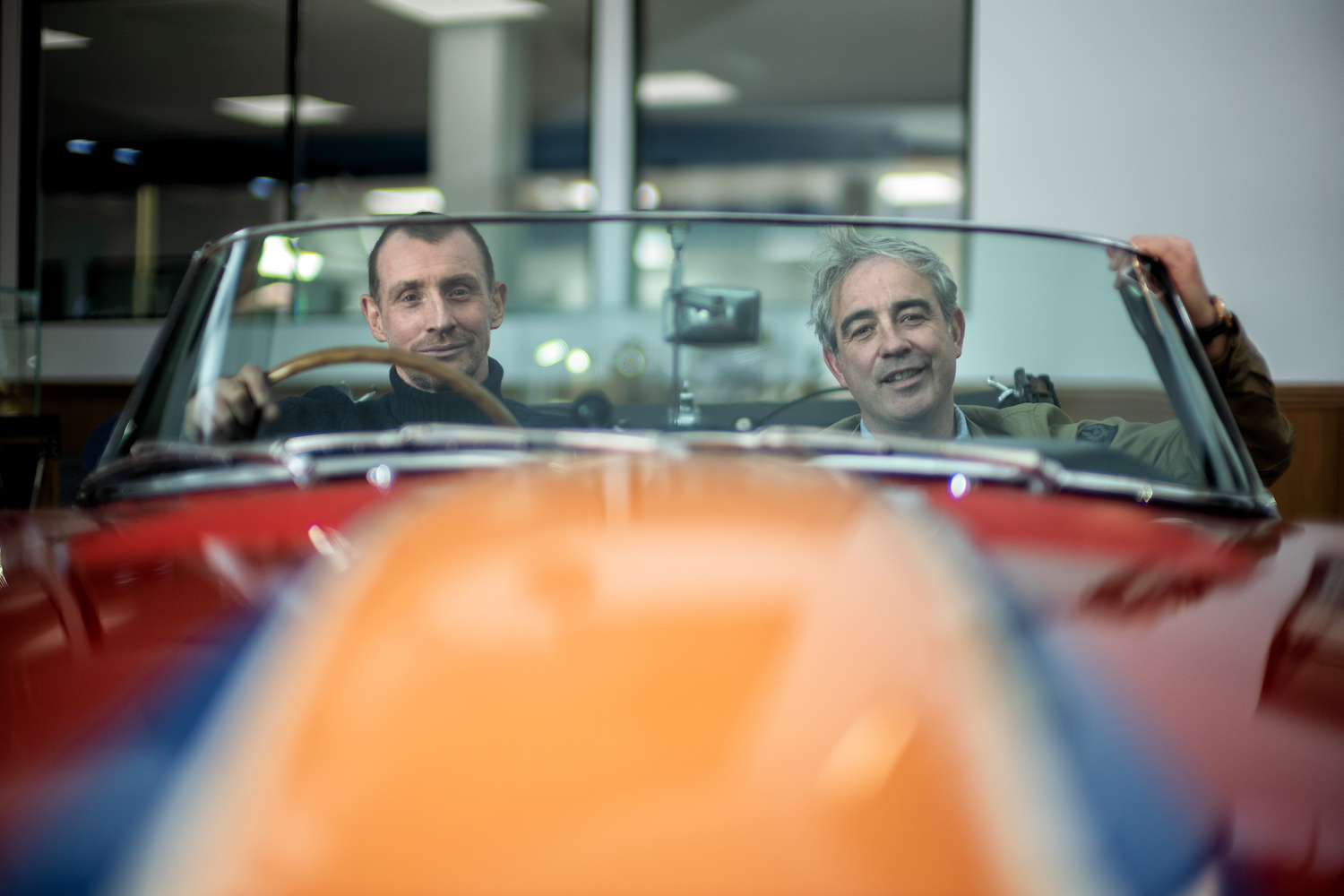
NE: It’s also the perfect time as well.
DC: Exactly. It’s all about that. Probably 10 years ago, it was too early for you and for me. And now the two stories, they just meld together perfectly and the passion is the same, the enthusiasm is the same, the excitement is the same. So it is a natural integration of experiences and of passion and of path that just go together perfectly. And I’ve always loved Britain and British things.
NE: You are quite an Anglophile.
DC: I recalled a few days ago that in my college exam, you decided which topic you wanted to do. One was physics because I’ve always loved it — Hawking, etc. And the other one I did was English literature, which for an Italian is very unusual. But for me it was very natural. And the style and all the tailoring and all the cars…
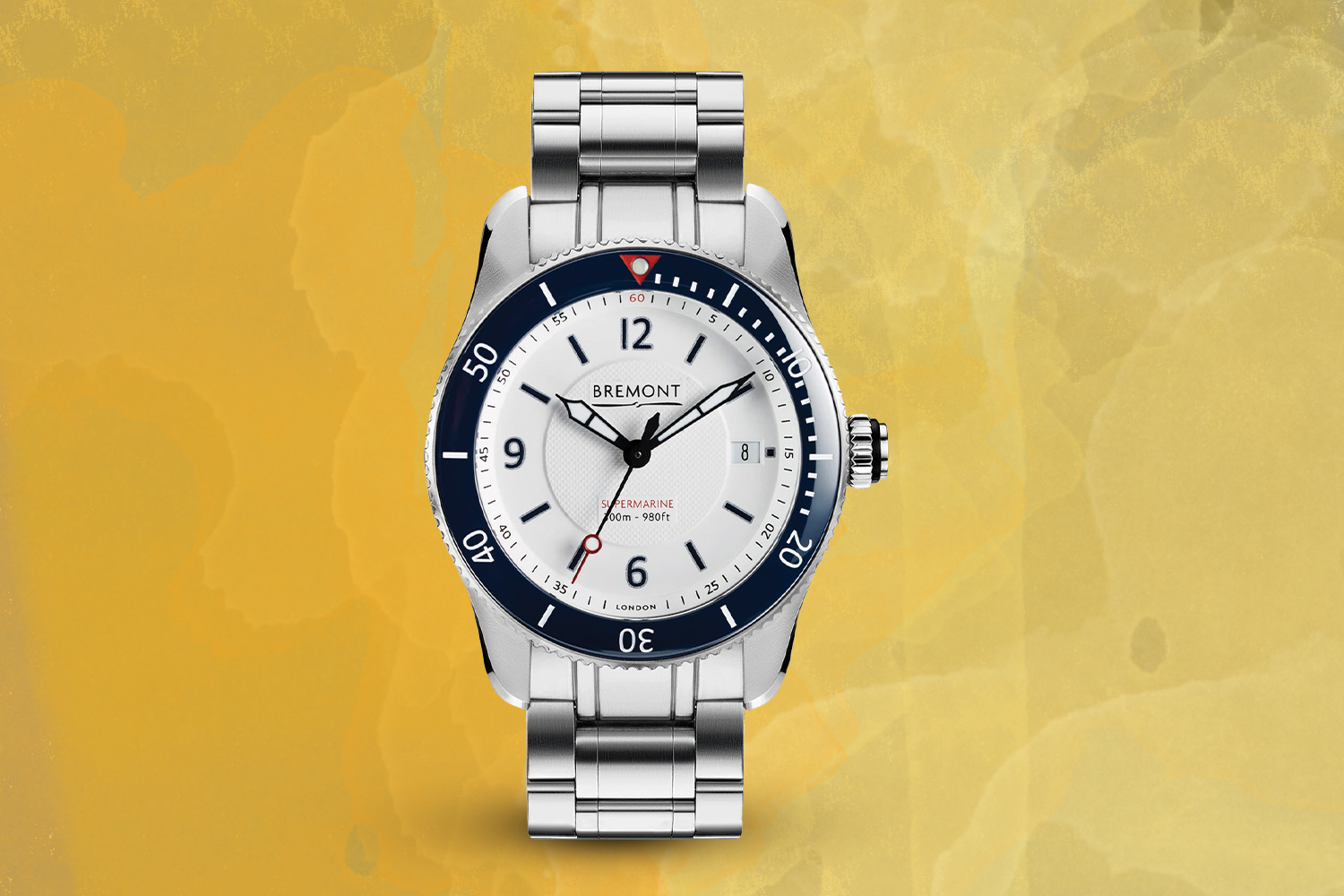
IH: Bremont has a very established design aesthetic already. Davide, what are you excited to bring to the fore here from a general perspective. Can you speak to any of that?
DC: My true skill in desig is absorbing all the code of a brand, its DNA, it’s story, to be able to then embody it through products. And the products are not strong because they are nice — they are strong because they are the perfect, how could I say, embodiment of all of that.
And in Tudor, the Black Bay is not ‘by chance’ just because Tudor was super strong in early dive watches. So incarnating that specific story into a product exploded all the power that was in the brand. And here I have a one-of-a-kind opportunity to spend so much time with the founders, with their vision. And to really absorb like a sponge with the objective of continuing what they’ve done and just bringing a little bit of a different take on it, a little bit of a fresh take on how we can go even farther. But one that’s perfectly consistent with the DNA of the brand and 20 years of history. It’s a long period — it’s not two, three years. It’s a full story.
So I’m really willing to spend a lot of time with them to understand what the vision is, what the inspiration is, what the aesthetics are, the Britishness of the personal story and passion that informed that.
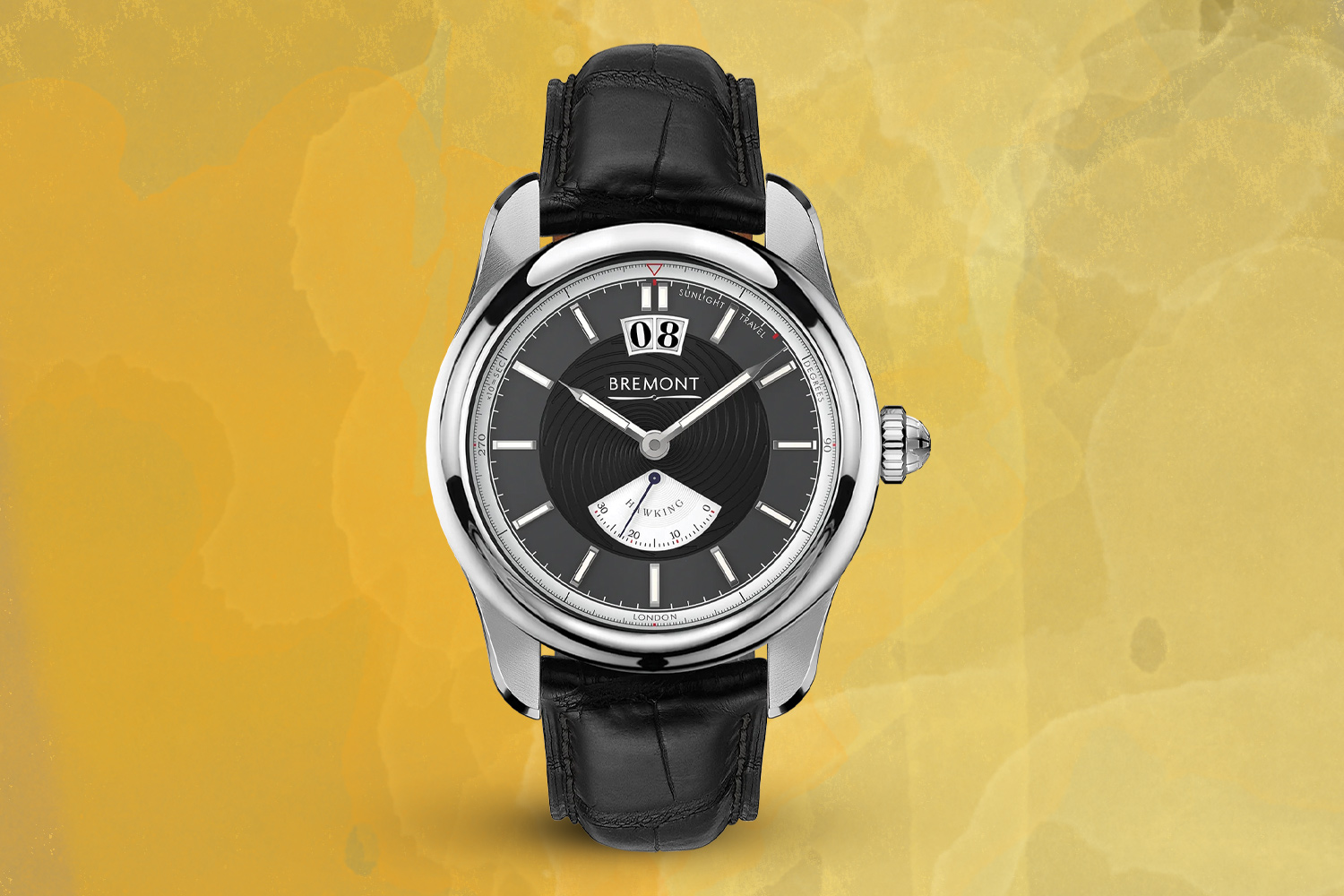
IH: That being said, is there an established dynamic here already? Do you (Nick and Giles English) have ideas, then do you (Davide) have ideas and you meet in the middle? What’s the design process like?
DC: The fact that we are both sitting in the interview — I think it’s the supporting evidence of this.
NE: I’m involved in every single watch design that [has been produced], other than some of the military ones. When you’ve got someone who clearly loves watches, has quite a purist view on them as well, it’s quite nice. Because over 15, 20 years, you’ve designed watches out of pure passion. ‘I love this, this looks great, blah blah blah.’ And then after a while it’s absolutely fantastic having some other creative influence because you want the brand to go to the next level.
And no one’s ever been massively — internally anyway — critical of the designs we’ve done. And you’re running your own show and you’re not up against any resistance, really. You’re going, ‘We’re going to do this.’ Giles and I will sit down and we’ll go, ‘We’ll do this, yeah, that looks great, let’s do this.’But actually coming to someone who’s design-led and saying, ‘Actually, have you thought about this?’ It’s great. It’s. So I’m really excited actually because I don’t think it’s about changing the whole brand — it’s about harnessing what we have and making it continue to be relevant, really.
This article was featured in the InsideHook newsletter. Sign up now.
